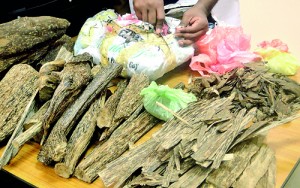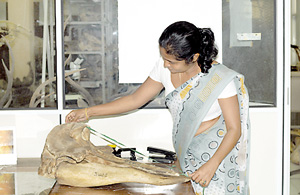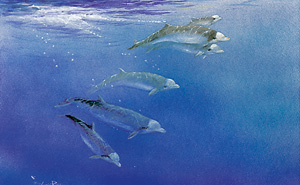Ant-bites have compelled a few people in areas of Panadura to seek medical treatment. However, only people allergic to these bites need medication, and there is no need to panic say experts
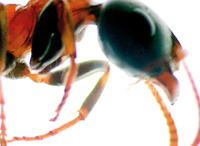
Hathpolaya (c) Courtesy Medical Research Institute. and below head of Hathpolaya
Earlier this week, it was reported that several people in Horethuduwa, Panadura, sought medical treatment for ant-bites. Upon information received, Medical Research Institute (MRI) Director, Dr Anil Samaranayake dispatched a team to investigate the matter. He said samples of this particular ant responsible for the more-than-painful bites, has been collected and brought to the MRI lab for further investigations. These ants have strong jaws and their bite can bring upon allergic reactions to certain people, warns Dr Samaranayake. However, these ants bite only when agitated, and there is no need to panic, he added.
Investigating the images of the ant, Sri Lanka’s foremost ant expert – Kelaniya University’s Prof. Sriyani Dias, identified it as a ‘Hathpolaya’ (Tetraponera rufonigra). This ant usually lives in trees and hence is an arboreal ant. The Hathpolaya’s body has a bit of colour, and is also known as ‘Arboreal Bicoloured Ant’. It is a predator that lives on insects, and is larger than normal ants, growing up to 12-15mm, exceeding the size of a ‘kadiya’.
Prof. Dias also recalls a ‘Hathpolaya’ infestation in Matara, in 2010. Suddenly, from nowhere, these ants started to appear in several places. Investigations revealed that several large trees in the area had been felled, dispersing large ‘Hathpolaya’ colonies that had been ‘resident’ in these trees. The Panadura incident too could be for similar reasons, thinks the ant expert.
The number of Ant species found in Sri Lanka is subject to change, as scientists split new species into one and merge the existing species to single ones. According to the National Red List of 2012, Sri Lanka is home to 205 ant species. The ‘Hathpolaya’ is categorised under ‘Least Concerned’ which means it is not a threatened species.
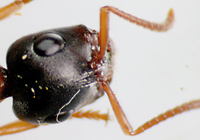
In 2010, the Sunday Times reported the death of a woman due to a ‘Dala Kadiya’’-bite. But, can an ant’s bite be fatal?
Experts say people react to insect stings differently, where some develop allergies that could lead to severe conditions. “It is like certain people being subject to allergies reactions after consuming pineapple or prawns”. The age and how nourished/susceptible the body is due to other inadequacies within, are contributory factors to an allergy becoming fatal. “Otherwise, Sri Lanka’s ants are usually not the kind that cause fatalities. They don’t chase and attack when provoked, like bees or wasps,” insists Prof. Dias.
Symptoms of a serious allergic reaction, or anaphylaxis, include itching, hives, flushing of the skin, tingling or itching inside the mouth, hoarseness, swelling of the tongue or in your throat and narrowing of the airways which causes difficulty in breathing and swallowing, dizziness, fainting, and nausea or vomiting. can be fatal.
These types of reactions usually occur within minutes of the sting, but have been known to be delayed for up to 24 hours. If you are bitten by an ant and are subject to itching and hives or welts on the skin other than around the bite, seek expert medical attention immediately.
Published on SundayTimes on 13.10.2013 on SundayTimes http://www.sundaytimes.lk/131013/news/ant-bites-could-be-fatal-dont-ignore-its-allergic-reactions-65666.html








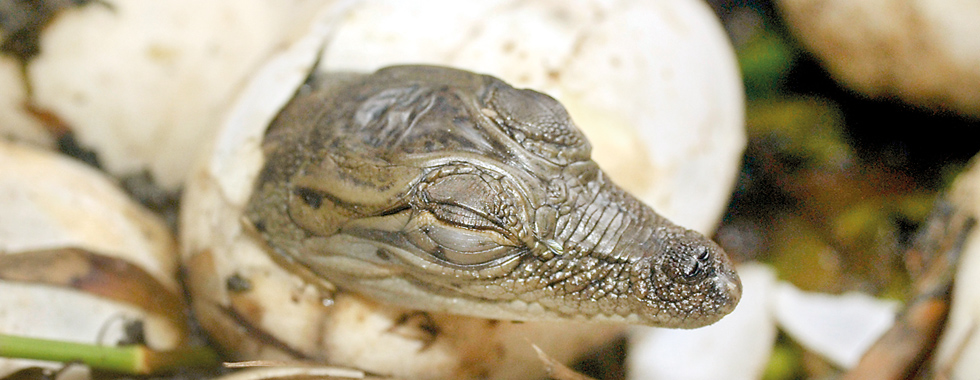
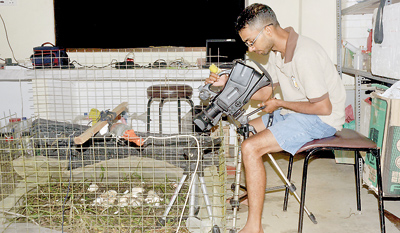

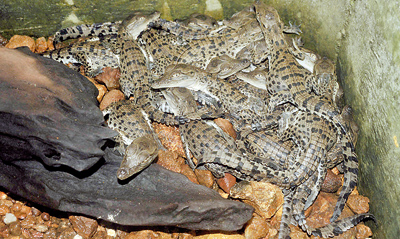


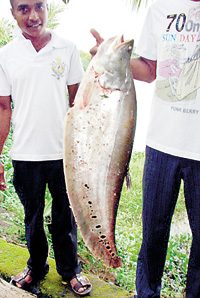 (Thilapila) brought to Sri Lanka for aquarium trade has been reportedly introduced in water holes and streams in many areas. A giant knife fish was caught last week at a water hole in Boralasgamuwa. Praki Bandara who captured this image says the fish weighed more than seven kilograms.
(Thilapila) brought to Sri Lanka for aquarium trade has been reportedly introduced in water holes and streams in many areas. A giant knife fish was caught last week at a water hole in Boralasgamuwa. Praki Bandara who captured this image says the fish weighed more than seven kilograms. 









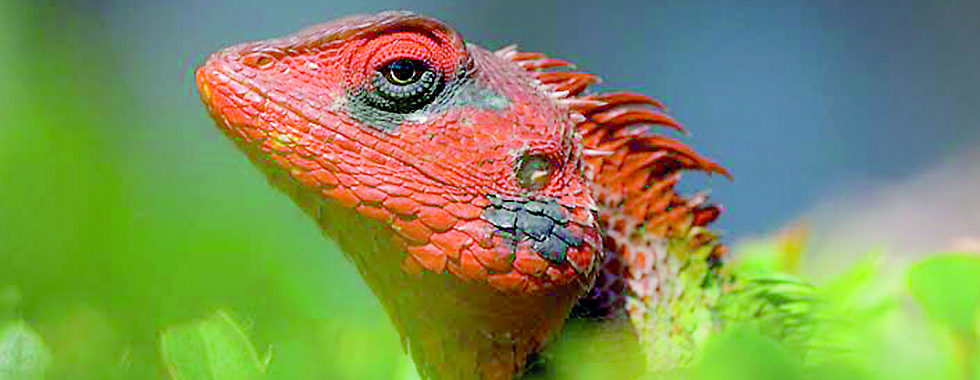
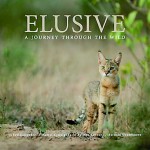 Gehan Rajapakse, Namal Kamalgoda, Palitha Antony and Sarinda Unamboowe will launch their latest photographic book ‘Elusive: Journey through the Wild” with an exhibition at the Harold Pieris Gallery, Lionel Wendt next week. The exhibition will be on November 30 and December 1 from 9 a.m. to 7 p.m. and will have over 140 images from the book, none of which have been photo shopped.
Gehan Rajapakse, Namal Kamalgoda, Palitha Antony and Sarinda Unamboowe will launch their latest photographic book ‘Elusive: Journey through the Wild” with an exhibition at the Harold Pieris Gallery, Lionel Wendt next week. The exhibition will be on November 30 and December 1 from 9 a.m. to 7 p.m. and will have over 140 images from the book, none of which have been photo shopped.

















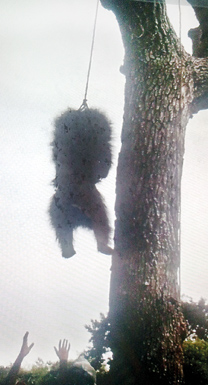


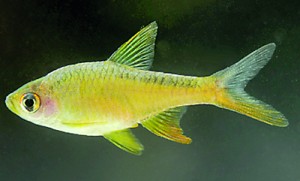


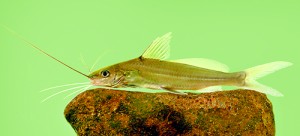

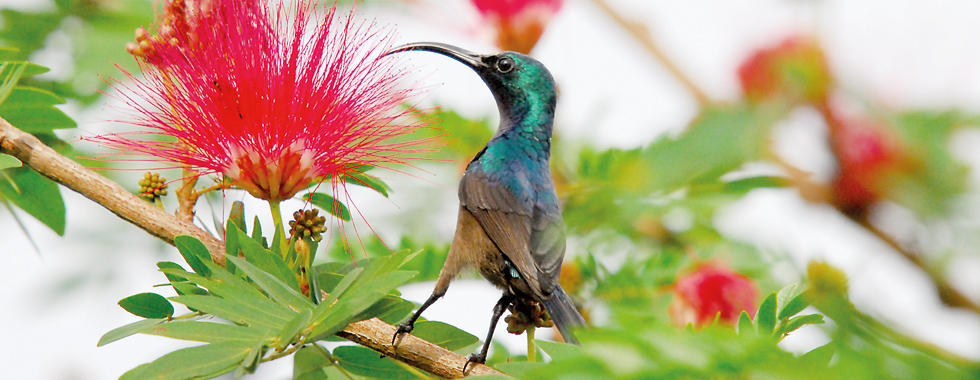

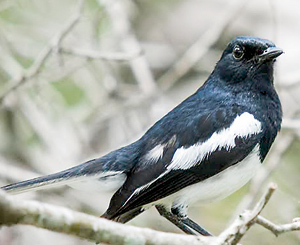



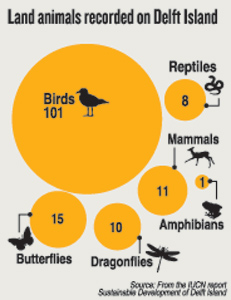




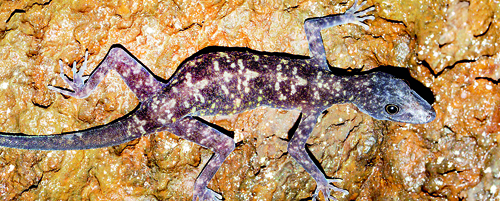
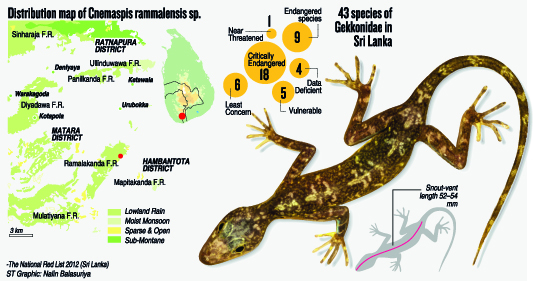 The find highlights the importance of Rammalkanda forest which is already declared a National Man and Biosphere reserve although illegal tree-felling to cultivate tea is a major threat in the area. Tea plantations and human settlements in the surrounding areas are slowly expanding and encroaching into the forest, gradually destroying species’ habitat.
The find highlights the importance of Rammalkanda forest which is already declared a National Man and Biosphere reserve although illegal tree-felling to cultivate tea is a major threat in the area. Tea plantations and human settlements in the surrounding areas are slowly expanding and encroaching into the forest, gradually destroying species’ habitat.

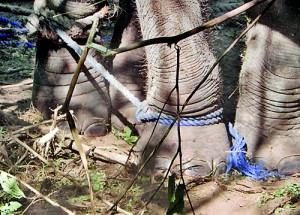 In Sri Lanka, births of privately owned captive elephants are not known. The Pinnawala Elephant Orphanage is the sole source of releasing baby elephants to private owners. A few elephants have been donated from countries such as India and Thailand for religious purposes. Other than these avenues, the existence of any young elephant in private ownership is questionable.
In Sri Lanka, births of privately owned captive elephants are not known. The Pinnawala Elephant Orphanage is the sole source of releasing baby elephants to private owners. A few elephants have been donated from countries such as India and Thailand for religious purposes. Other than these avenues, the existence of any young elephant in private ownership is questionable.
